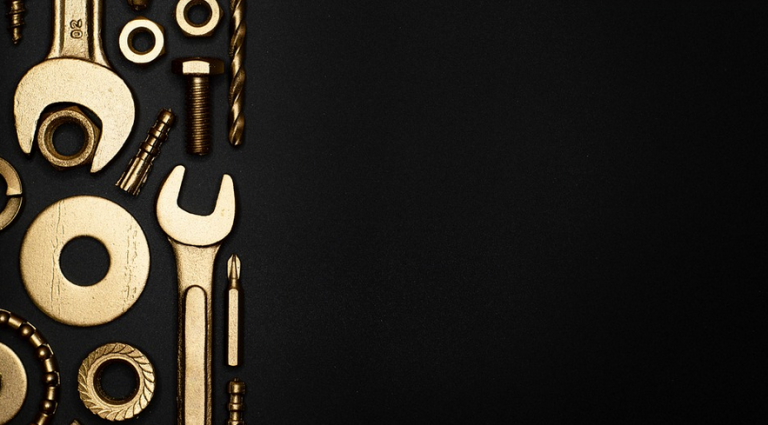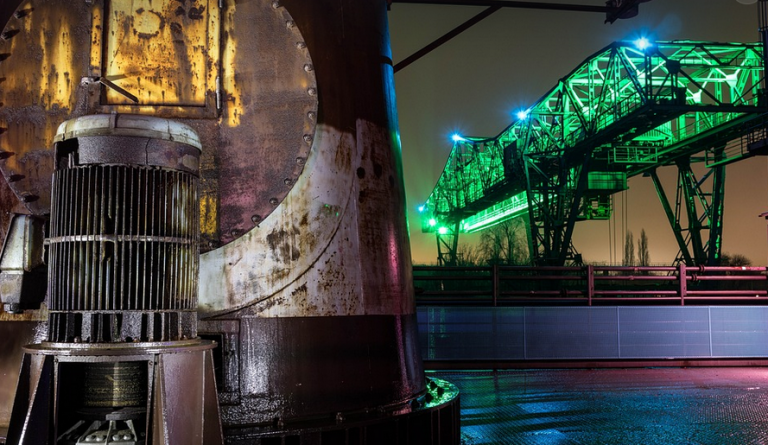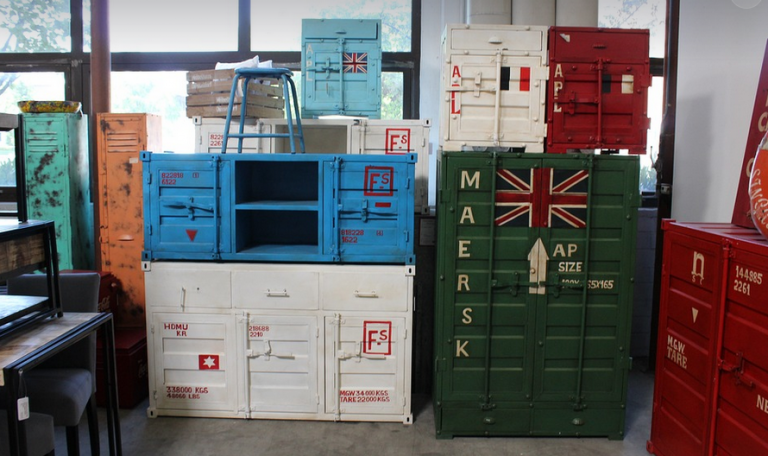
Understanding Quilting Costs: More Than Just Thread and Fabric
You’ve spent countless hours piecing together your quilt, stitching every stitch with care, and now you find yourself facing a question that can feel daunting: how much will it cost to longarm quilt my creation? Well, fret no more! This article aims to shed light on the factors that influence cost, helping you navigate this common quilting expense. Longarm quilting is an essential art form in the world of quilting. The technique involves stitching a large quilt together with precision and care using specialized equipment called longarm machines. These machines offer greater control over stitch length and speed, allowing for intricate designs and customized quilting patterns. But, like any other service, the cost of longarm quilting can vary depending on several factors. The price you pay is not simply a sum of yarn and time; it’s about the expertise, technology, and the skill of the longarm quilter who’ll be working on your quilt. This professional team understands the intricacies of fabric, thread, and machine operation. They use their knowledge to create beautiful, lasting quilts that reflect your vision. One key factor influencing cost is **the size and complexity of your quilt**. Larger quilts naturally take more time and materials, leading to a higher price tag. Additionally, intricate designs with many blocks or detailed quilting patterns tend to increase the rate per hour.
For instance, a simple block design on a large bed quilt might be priced differently than a complex pieced design with free-motion quilting for a smaller throw quilt.
Another factor is the **type of fabric** used in your quilt. Thicker fabrics or quilted designs are more time-consuming to machine stitch, thus increasing the price per hour.
Furthermore, the **fabric weight and density** significantly impact the quilting process. Quilting on heavy fabrics requires a heavier presser foot due to extra pressure, leading to a higher cost for labor.
For example, if you’re using cotton fabric for your quilt, its smooth surface might require less intricate quilting than a heavily patterned wool quilt that demands more precision and detail in the stitching.
Breaking Down the Cost: Factors Affecting Longarm Quilting Pricing
Longarm quilters employ various methods to estimate costs based on the unique projects they undertake. This pricing structure incorporates multiple factors, which you’ll need to understand before finalizing your quilt project.
One method involves **the hourly rate** that longarm quilters charge for their services. This rate depends on the experience and expertise of the quilter, their location in relation to your area, and the demand for their services at a given time.
Another common method is calculating cost based on **square footage**. The size of your quilt determines the amount of fabric you’ll need to work with, which directly impacts the time spent quilting. Larger quilts naturally require more time, thus higher costs compared to smaller ones.
The type of **quilt backing and binding** also affects the price of longarm quilting. Quilters often provide additional services like binding your quilt, and this cost will be added to the final bill.
Lastly, there’s the **type of quilting machine used**. Modern longarm machines are equipped with advanced features, ensuring more precision and detail in the stitching process. These machines come at varying prices, impacting the overall cost of the project.
Beyond Cost: The Value of Longarm Quilters
While costs play a significant role, it’s important to recognize that longarm quilting goes beyond just completing the task. A skilled and experienced longarm quilter brings added value to your piece.
Firstly, they ensure **a beautiful finish**. Professional quilters have specialized knowledge of fabric manipulation, machine settings, and precise stitching techniques that result in consistent and high-quality quilting.
Secondly, their expertise helps **save time and effort**. By utilizing advanced equipment like longarm machines, the process becomes faster and more efficient compared to hand-quilting.
Thirdly, they offer **personalized designs and services**. Many longarm quilters are artists in their own right with a passion for design. They can create custom patterns, incorporate unique techniques, and even add embellishments to elevate your quilt’s overall aesthetic.
Finally, the value of longarm quilting lies in its ability to **transform a handmade quilt into a treasured heirloom**. Longarm quilters understand the significance of fabric choice, thread type, and stitching patterns. They use their expertise to create a finished product that is not only visually stunning but also exceptionally durable.
Calculating Your Cost: Research & Communication
Once you’ve understood the key factors influencing longarm quilting costs, it’s time to explore your project’s potential price. Here are some essential steps for accurately estimating your project cost:
**1. Gather information about your quilt**: Measure its dimensions and thickness of panels. Consider the complexity of your design, including any intricate piecing or free-motion patterns.
**2. Contact several longarm quilters in your area**: Request quotes based on the information provided above. Ask for a breakdown of their services (including measurements of fabrics used) and inquire about any additional services you might need (binding, basting, etc.).
**3. Compare different quotes**: Analyze each quote carefully to understand which option best fits your budget and quilting priorities. Consider the longarm quilter’s experience, their reputation for quality, customer service, and whether they offer any additional services that could benefit your project.
**4. Stay in clear communication with your chosen longarm quilter**: Ensure you’re fully informed about the overall costs, timeframe, and any potential changes before finalizing your decision.
Choosing the Right Longarm Quilter: Making Informed Decisions
Finding a skilled and reliable longarm quilter is crucial for achieving a satisfying result. Here are some key considerations to keep in mind
**1. Research and Reviews**: Look for online reviews, testimonials, or recommendations from other quilters who have used their services before. This will help you understand the quilter’s reputation and customer satisfaction.
**2. Portfolio and Experience**: Review the longarm quilter’s portfolio to see if they have experience with similar projects or styles like yours. Check for examples of past projects, especially those that involve intricate designs and quilting techniques you’re interested in.
**3. Communication and Collaboration:** A good longarm quilter will be responsive to your questions, provide clear explanations about the process, and welcome your input throughout the project. Open communication ensures a collaborative effort and a successful outcome for your quilt.
**4. Quality Guarantee**: Find out if the longarm quilter offers a quality guarantee or warranty on their work. This will protect your investment in case of any issues with the finished product, like uneven stitching or damage to the fabric.
By taking the time to research and evaluate potential longarm quilters, you can select a craftsman who truly understands your vision for your quilt project. Remember, this decision is an investment in the longevity and beauty of your beloved creation.



